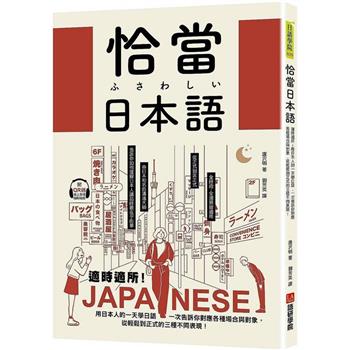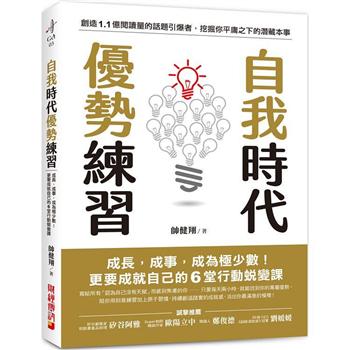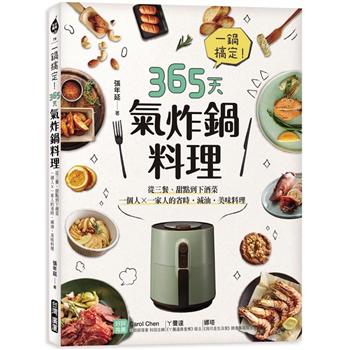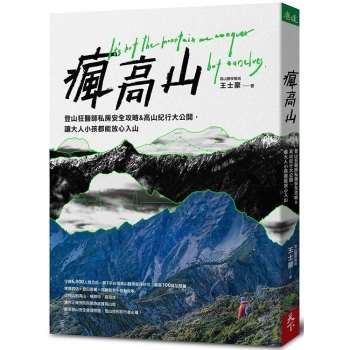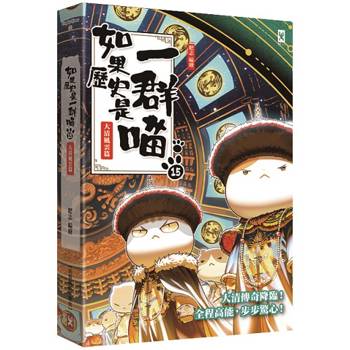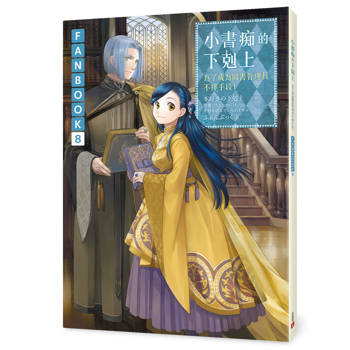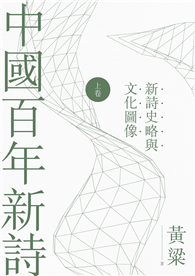The classic text describing Tibetan Buddhist beliefs about death and the afterlife, presented in a high-quality, Chinese-bound format.
First revealed by a Tibetan monk in the fourteeenth century, Bardo Thodol--known more commonly as The Tibetan Book of the Dead--describes the experience of human consciousness in the bardo, the interval between death and the next rebirth. The teachings are designed to help the dying regain clarity of awareness at the moment of death, and by doing so achieve enlightened liberation. Popular throughout the world since the 1960s and overwhelmingly the best-known Buddhist text in the West, this classic translation by Kazi Dawa Samdup is divided into 21 chapters, with sections on the chikhai bardo, or the clear light seen at the moment of death; chönyid bardo, or karmic apparitions; the wisdom of peaceful deities, Buddhas, and Bodhisattvas; the 58 flame-enhaloed, wrathful, blood-drinking deities; the judgement of those who the dying has known in life through the "mirror of karma"; and the process of rebirth. The text also includes chapters on the signs of death and rituals to undertake for the dying.| FindBook |
有 1 項符合
The Tibetan Book of the Dead的圖書 |
 |
The Tibetan Book of the Dead 作者:Lingpa / 譯者:Samdup,Kazi Dawa 出版社:Amber Books 出版日期:2022-11-15 語言:英文 規格:精裝 / 96頁 / 普通級/ 初版 |
| 圖書館借閱 |
| 國家圖書館 | 全國圖書書目資訊網 | 國立公共資訊圖書館 | 電子書服務平台 | MetaCat 跨館整合查詢 |
| 臺北市立圖書館 | 新北市立圖書館 | 基隆市公共圖書館 | 桃園市立圖書館 | 新竹縣公共圖書館 |
| 苗栗縣立圖書館 | 臺中市立圖書館 | 彰化縣公共圖書館 | 南投縣文化局 | 雲林縣公共圖書館 |
| 嘉義縣圖書館 | 臺南市立圖書館 | 高雄市立圖書館 | 屏東縣公共圖書館 | 宜蘭縣公共圖書館 |
| 花蓮縣文化局 | 臺東縣文化處 |
|
|
圖書介紹 - 資料來源:博客來 評分:
Kundalini: A Journey to Spiritual Awakening
The Sadhana of Mahamudra: Teachings on the Path of Devotion and Crazy Wisdom
Shaolin Kung Fu: Exploring Chan Buddhism, Monastic Community, and Martial Arts
Kalyāṇamitra, volume II: Pragmatic Skills for Buddhist Spiritual Care
Muslim Women in Science, Past and Present
Muslim Women in Science, Past and Present
Pacifism and Non-Violence in Contemporary Islamic Philosophy: Mapping the Paths of Peace
The Halal Industry in Asia: Perspectives from Brunei Darussalam, Malaysia, Japan, Indonesia and China
Immortal Talks: 1 & 2
Gardening with the Goddess: A Witch’s Guide to Creating Magical Gardens
The Sadhana of Mahamudra: Teachings on the Path of Devotion and Crazy Wisdom
Shaolin Kung Fu: Exploring Chan Buddhism, Monastic Community, and Martial Arts
Kalyāṇamitra, volume II: Pragmatic Skills for Buddhist Spiritual Care
Muslim Women in Science, Past and Present
Muslim Women in Science, Past and Present
Pacifism and Non-Violence in Contemporary Islamic Philosophy: Mapping the Paths of Peace
The Halal Industry in Asia: Perspectives from Brunei Darussalam, Malaysia, Japan, Indonesia and China
Immortal Talks: 1 & 2
Gardening with the Goddess: A Witch’s Guide to Creating Magical Gardens
|
